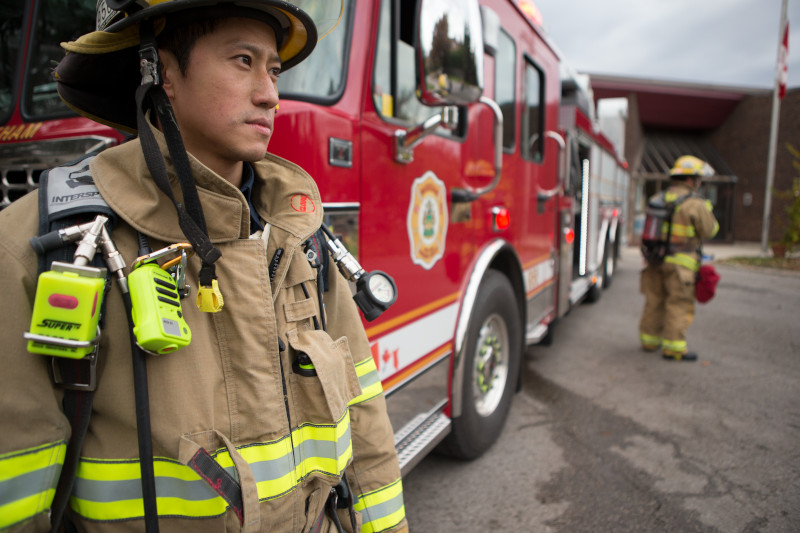
November 17, 2020 | Written by Rajant Corp.
Homeland Security, law enforcement, emergency management, first responders, physical security professionals, computer and IT security experts, firefighters; these and so many others play a critical role within the multi-faceted public safety sector. Despite the disparate nature of public safety threats, which range from the most serious of incidents like natural disasters and terrorist attacks to more mundane issues such as crowd control, there are common needs shared by all stake-holders who work within the public safety sphere. Across all scenarios, a successful response relies on accurate real-time situational awareness combined with accessible and reliable communications. These cannot happen without access to a robust, highly-secure network that is easily deployed and managed, offers fail-safe redundancy, delivers the speed and bandwidth to support all necessary systems and communication channels, and—of course—is affordable.
New Technologies, New Possibilities—Addressing Evolving Concerns
Just as public safety concerns evolve, so do the plans and programs devised to address them. Today, those plans include a new generation of technology that changes how public safety officials do their jobs, allowing them to be more proactive and responsive. We find an increasing use of drones and robotics within our clients’ public safety plans, to facilitate surveillance and the execution of security and communications-related tasks.
Security cameras are no longer just static devices mounted at a fixed location. In addition to body cams, we are now seeing cameras mounted on drones and integrated within roving security robots. More importantly, they are not just recording locally. We can transmit full-frame, high-resolution video back to a security operations center where video from those moving assets can be viewed, managed, and searched just like any other camera. When you are dealing with large outdoor events, having access to this type of live video provides security and safety teams with an unprecedented level of situational awareness, informing every decision they make and action they take.
Drones and robots are also useful for other purposes. They can help handle tasks or enter areas that would be unsafe for humans. For example, a human-controlled robot could be part of a HAZMAT team (hazardous materials), used to disarm and dispose of hazardous packages or materials.
Another growing technology in public safety applications is high throughput scanning, whereby individuals no longer have to pause as they pass through a checkpoint. Examples include metal and explosive detection systems placed at building entrances, facial recognition software to automate access control and, now with COVID-19 concerns, thermal surveillance cameras that scan crowds to identify individuals with elevated temperatures.
There is also the proliferation of IoT applications. Parking meters to flood sensors, air quality monitors to medical devices, today, countless IoT devices are feeding a torrent of data into public safety systems.
These solutions are gaining traction so quickly because we now have networking options to support them. Mobility is a major driver. In some of these examples, you could go with a cellular connection, but when you’re dealing with the amount of data these systems transmit, multiplied by a large number of devices, that gets expensive very quickly. From a networking perspective, it also creates a jumbled, disjointed solution. By contrast, wireless mesh creates a cohesive network with no recurring subscription or data use fees, is easily scalable, and can be quickly deployed to provide consistent, reliable coverage over areas of any size and topography. For the public safety sector, this makes wireless mesh a game-changer.
To continue reading, please click here to download our brochure.
